Annapolis Unveils Site of Memory Port Markers
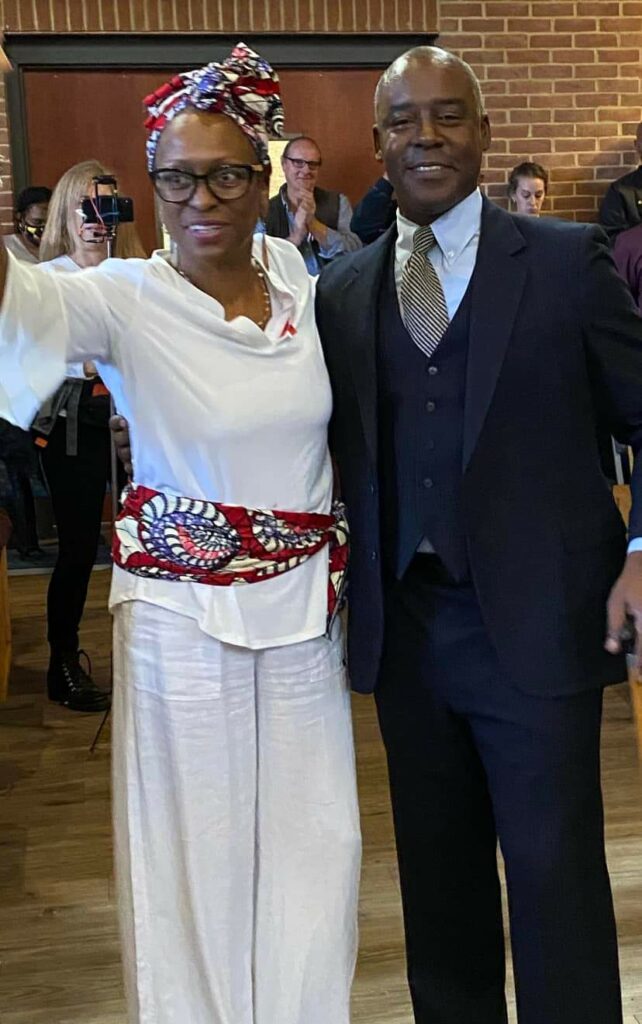
By Kathy Knotts
In a ceremony that had all the hallmarks of a Sunday church service, complete with gospel choir, African drums, and dramatic readings, the city of Annapolis unveiled replicas of its new port markers for City Dock. Elected officials, community leaders, school children, clergy and performers filled Asbury United Methodist Church Nov. 1 to celebrate Maryland’s Emancipation Day and the designation of the city as a Middle Passage Site of Memory, endorsed by the United Nations Educational, Scientific and Cultural Organization (UNESCO) and the Middle Passage Ceremonies, and Port Markers Project.
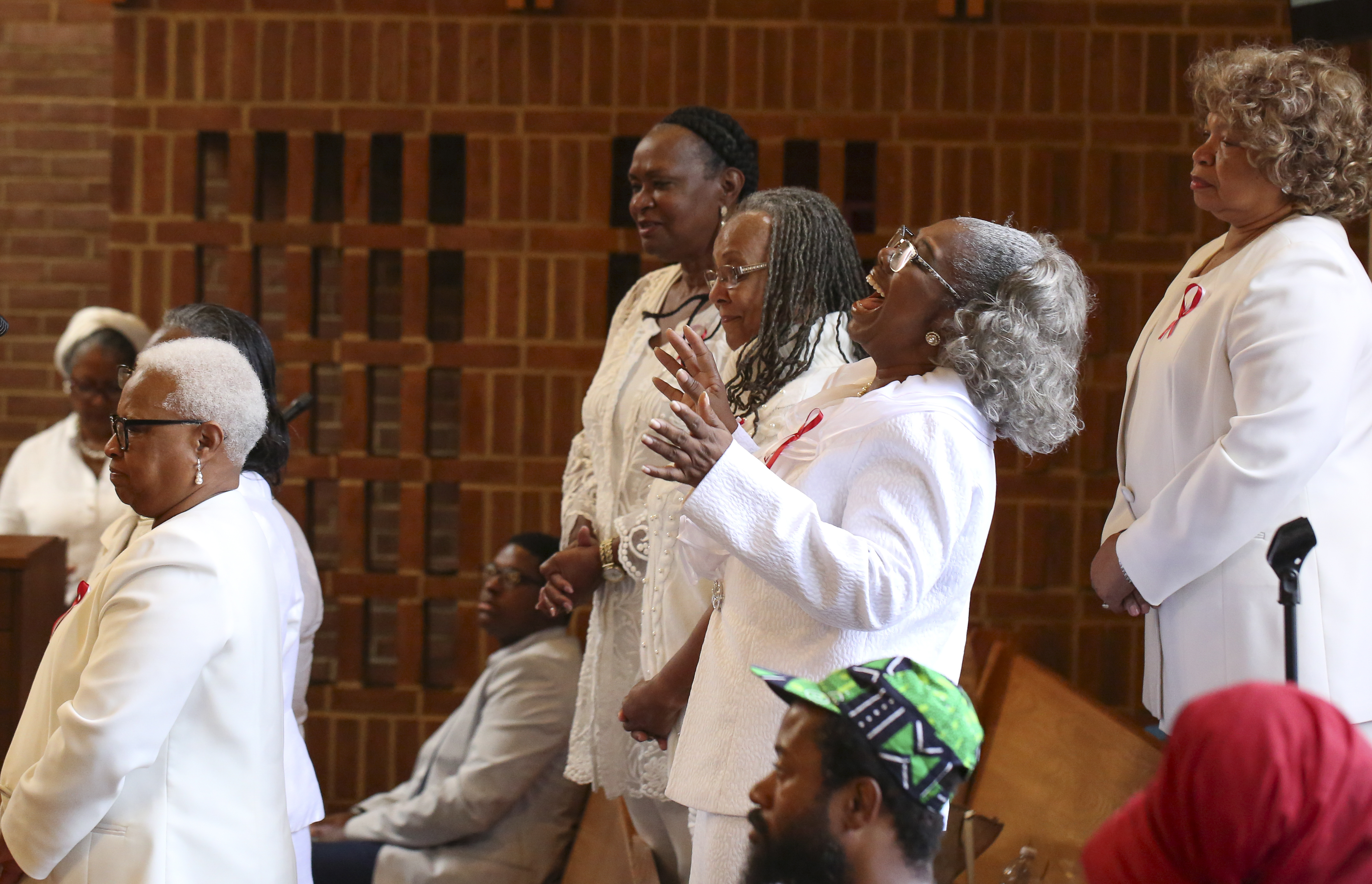
The event not only revealed the signs that will be erected but also offered the community a chance to remember and reflect on America’s troubled past. There were moments of solemnity but also moments of rejoicing with music, spoken word and a dramatic performance by William Rowel as Wiley H. Bates.
Vince Leggett, founder of the Blacks of the Chesapeake and community activist, served as the master of ceremonies, introducing just some of the individuals who worked to make the port marker project happen. The Port Marker’s Project founder Ann Chinn was on hand as was Janice Hayes-Williams, the Annapolis historian who has long championed the cause. Hayes-Williams served as the Annapolis Port Marker historian and the Chair responsible for the ceremony. The eight committee members include Leggett, Carlesa Finney, Scotti Preston, Apostle Craig Coates, Adetola Ajayi, Bernadette Pruitt and Thornell Jones.
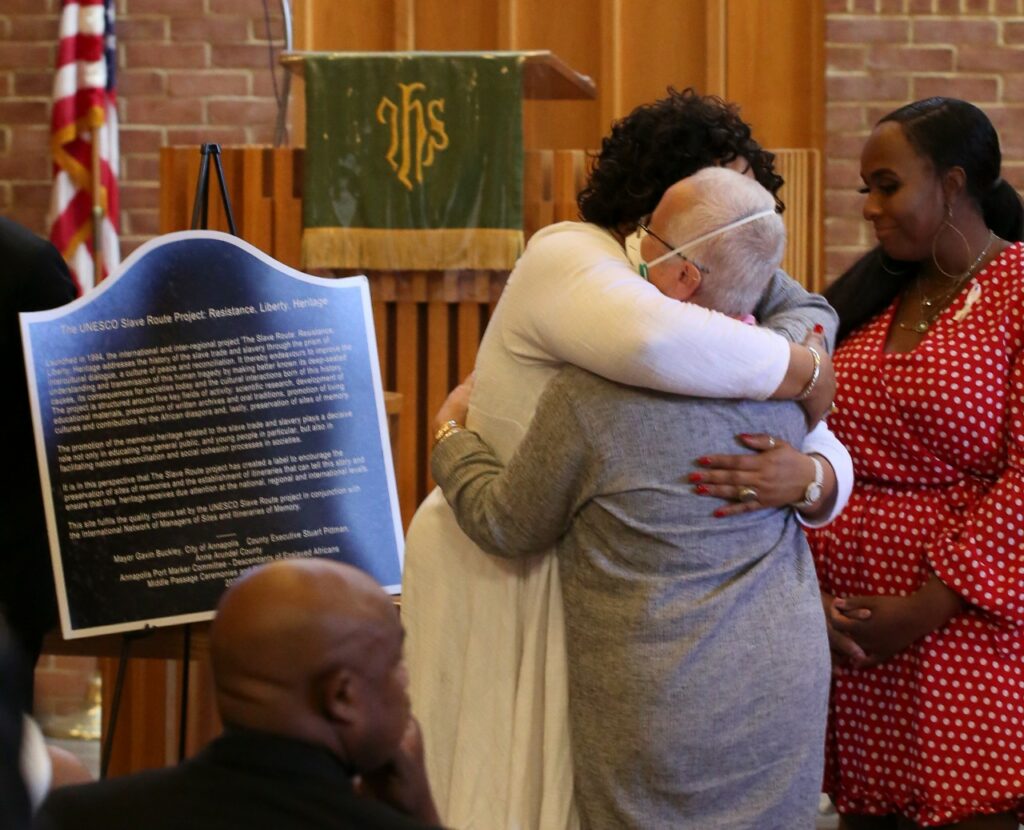
Scotti Preston (in white) shares a hug with Ann Chinn (in gray), as Del. Shaneka Henson looks on, after the unveiling of the signage for Annapolis’ UNESCO Slave Route Project Port Marker. Photo by Wayne Bierbaum.
The effort to secure the designation and erect a port marker in Annapolis dates back at least a decade to when the first petition was submitted. In 2019, County Executive Steuart Pittman and Annapolis Mayor Gavin Buckley penned a joint letter to the UNESCO Slave Trade Route Project requesting endorsement. UNESCO approved the designation request and under the leadership of Hayes-Williams, the Port Marker Committee worked with local officials and community members to plan the celebration that also honored Annapolis’ First Families, local descendents of enslaved men and women.
“Today is a celebration of the ancestors,” said Hayes-Williams. “As Annapolis becomes a site of memory for education, science and for the descendants, they bring honor and dignity.”
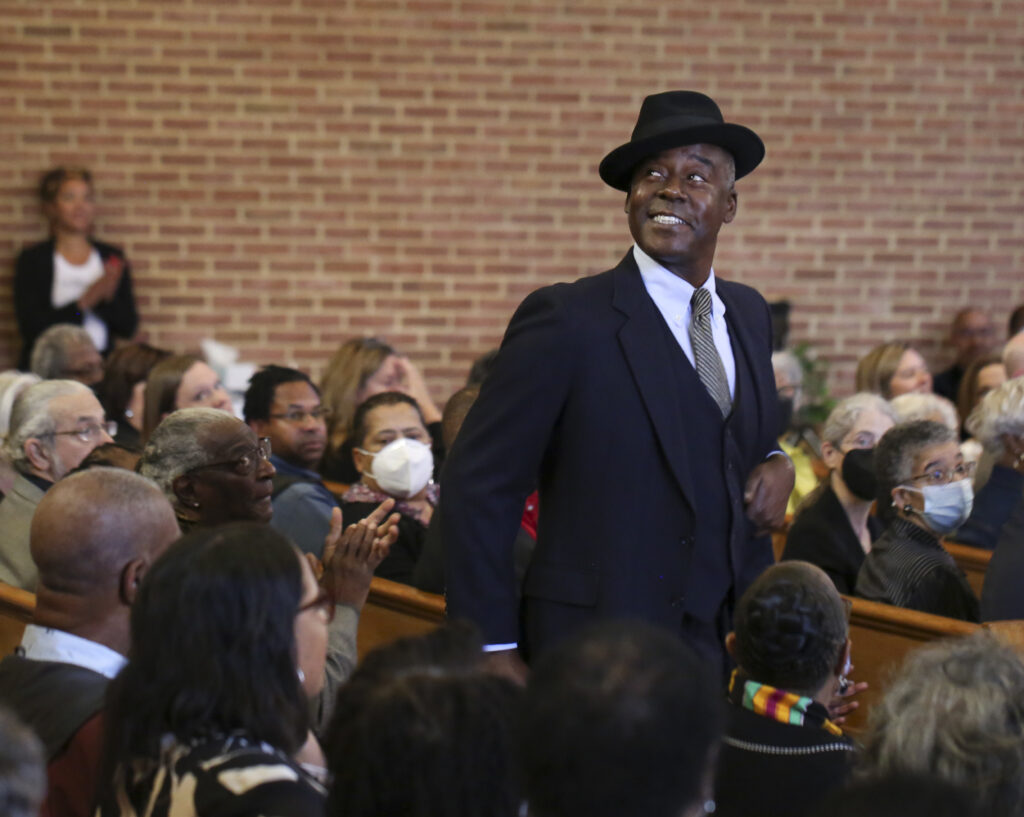
Annapolis joins 43 sites in the United States accepting their participation in the Transatlantic Slave Trade. These sites also recognize 2 million captured Africans who did not survive the trip across the Atlantic Ocean.
“It’s important that we acknowledge the African people who endured such a horrific voyage and those whose bones now litter the bottom of the Atlantic Ocean,” Ann Cobb, Maryland representative of the Middle Passage Ceremonies and Port Markers Project, previously told Bay Weekly.
Maryland House Speaker Adrienne Jones joined others in giving remarks. “It’s an exciting day for me personally, because I love history. Maryland has a rich history, and part of that is deeply rooted in slavery. African influence is stitched in the fabric of our culture, and this new port market helps us remember that,” said Jones. “We have a commitment to tell the truth about history, no matter how difficult it may be.”

Chanel Compton Johnson, director of the Banneker-Douglass Museum in Annapolis, spoke of the resiliency of ancestors who survived their brutal treatment. “Our ancestors survived for us to be here… the Black hands that built this country—they had to be strong. They were not superheroes, but they were darn close.”
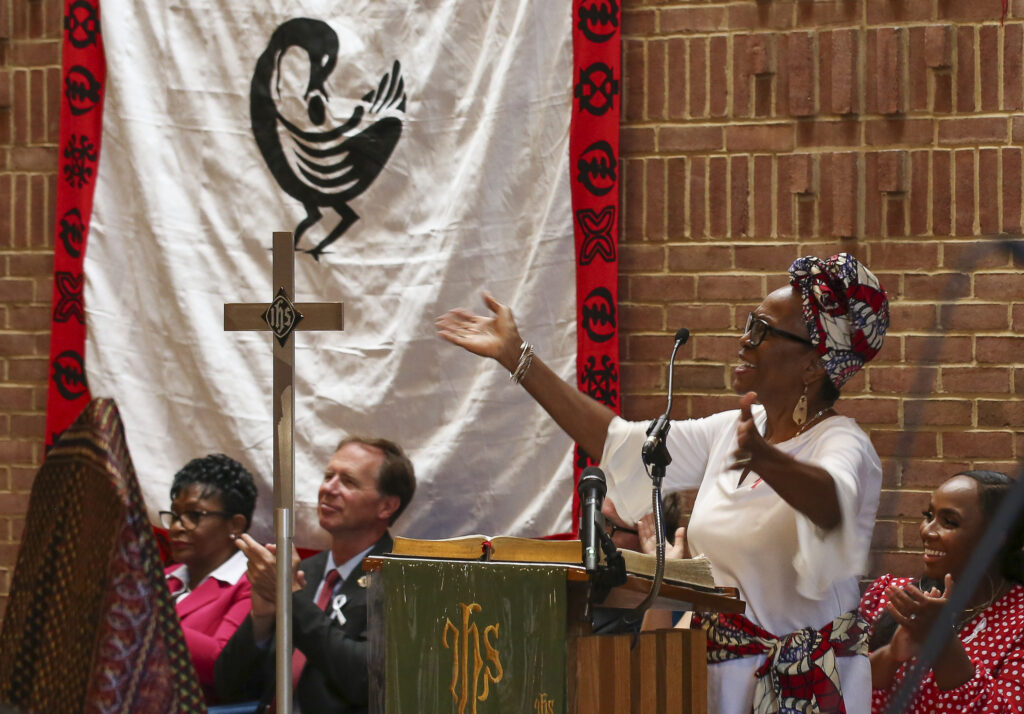
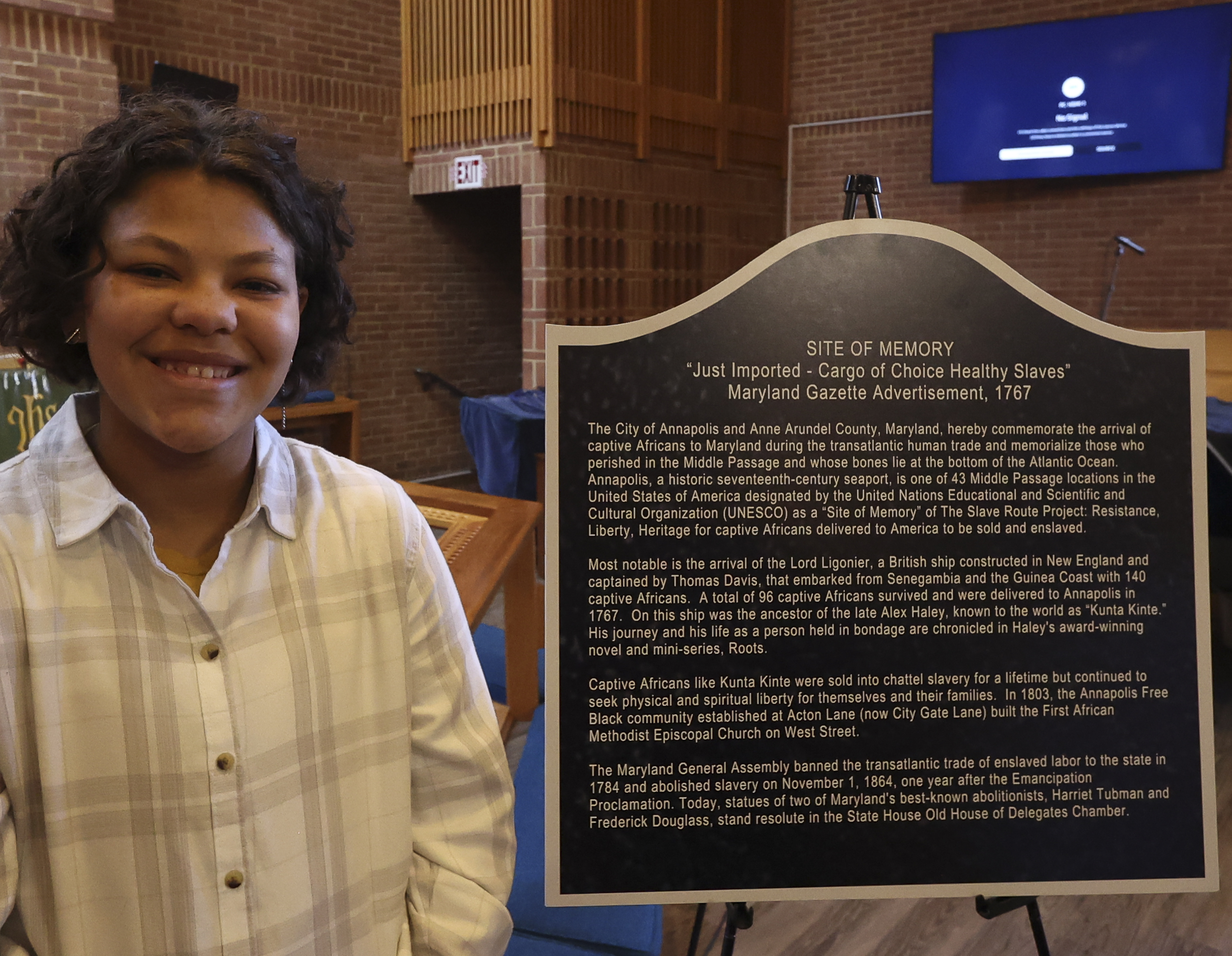
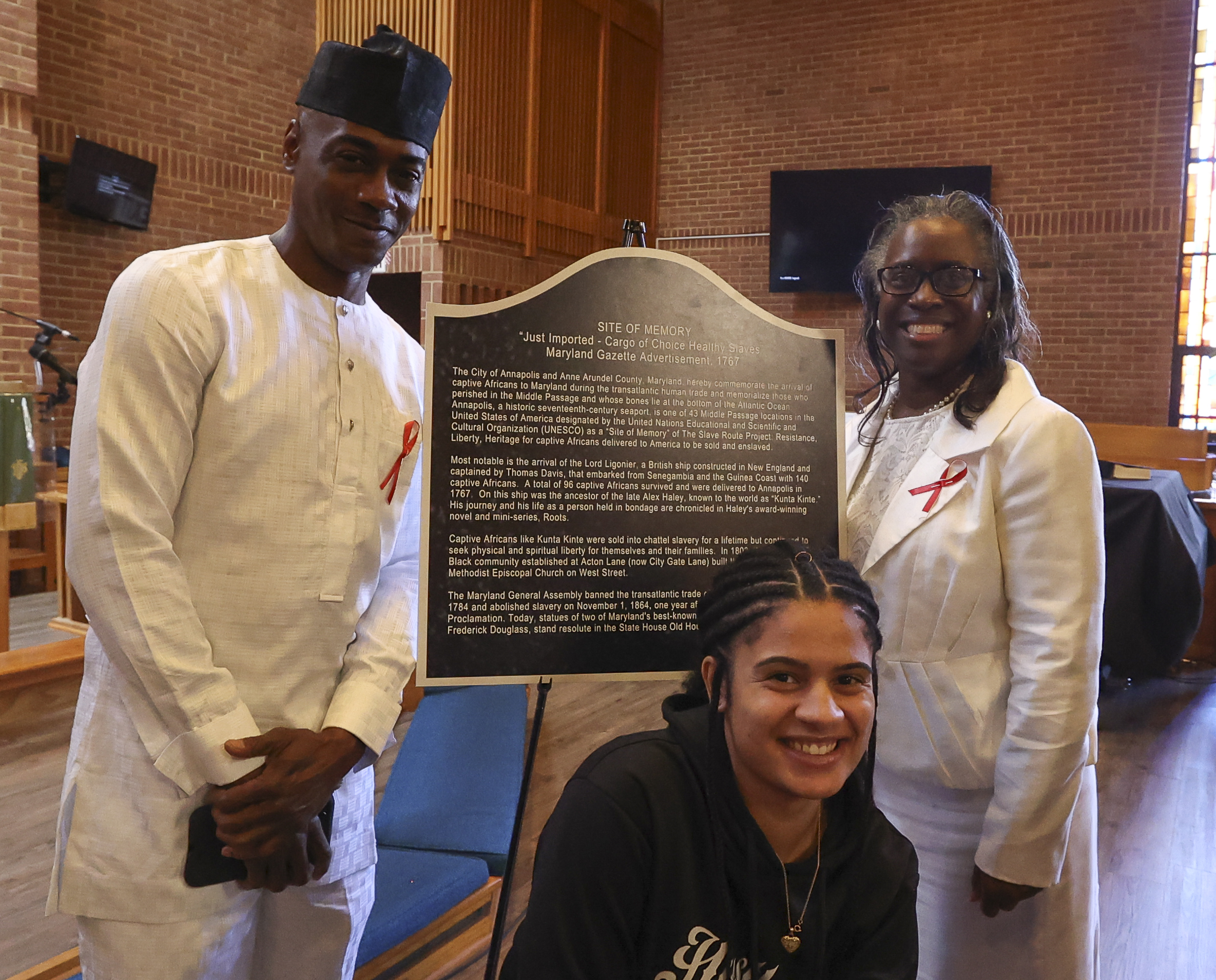
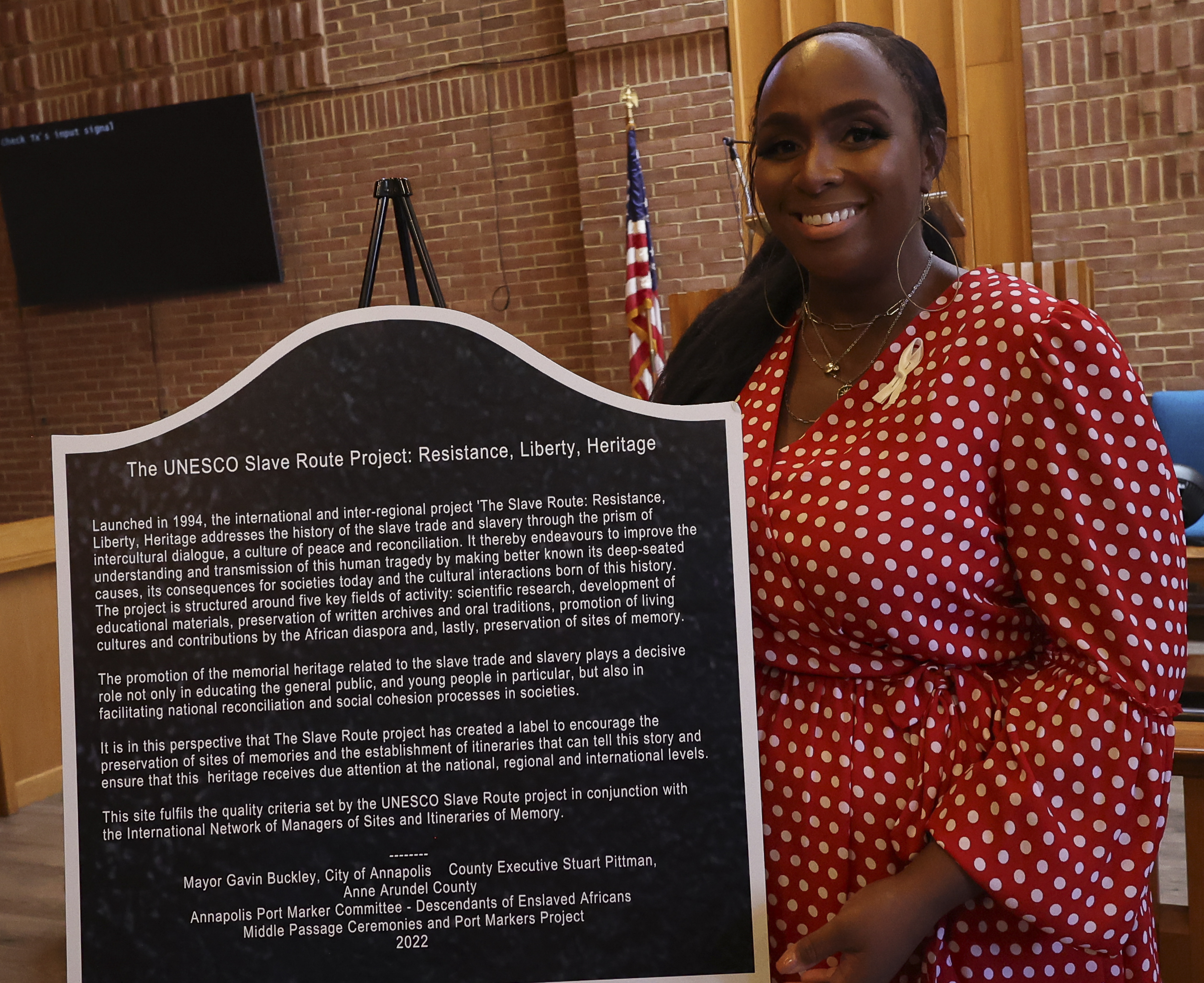

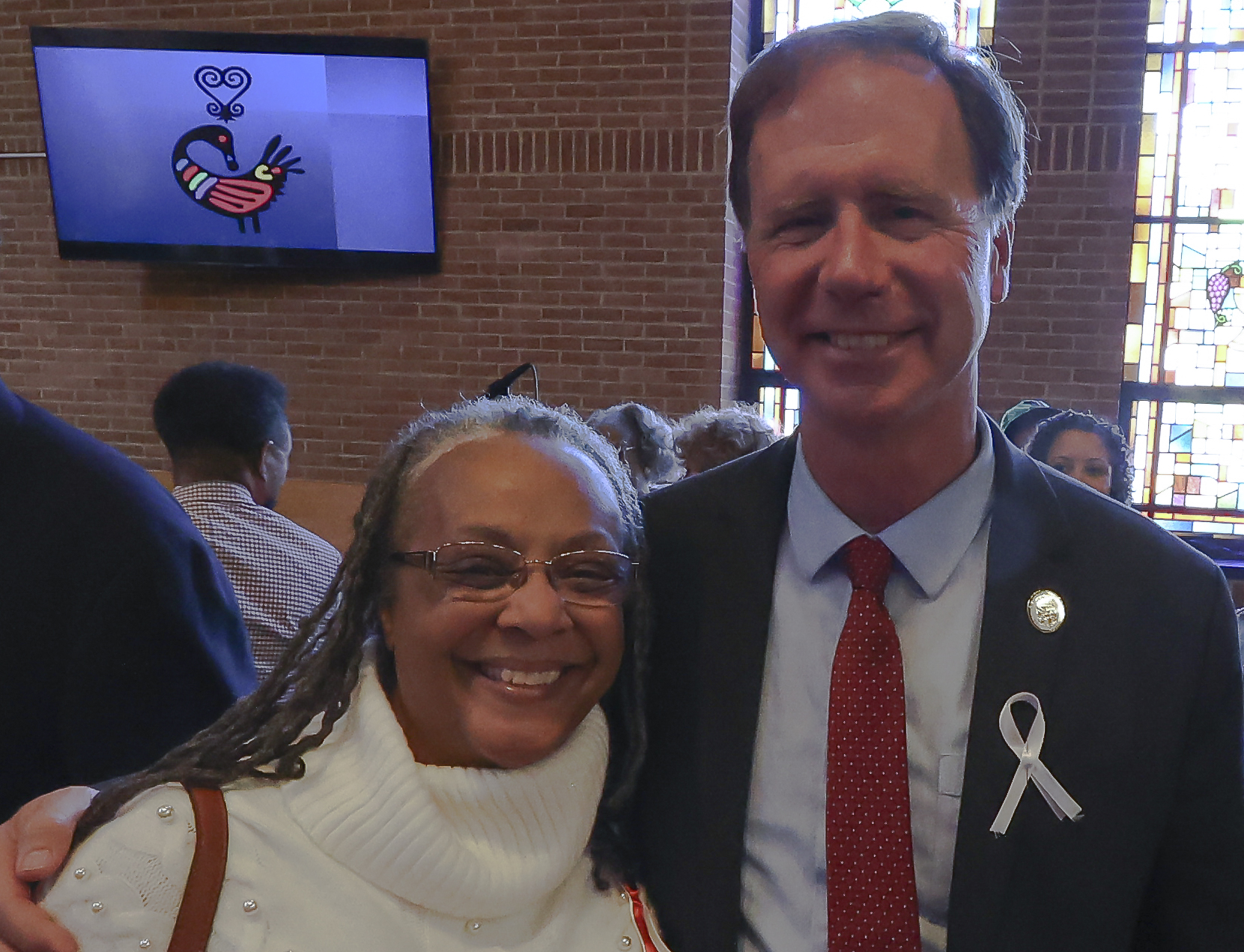
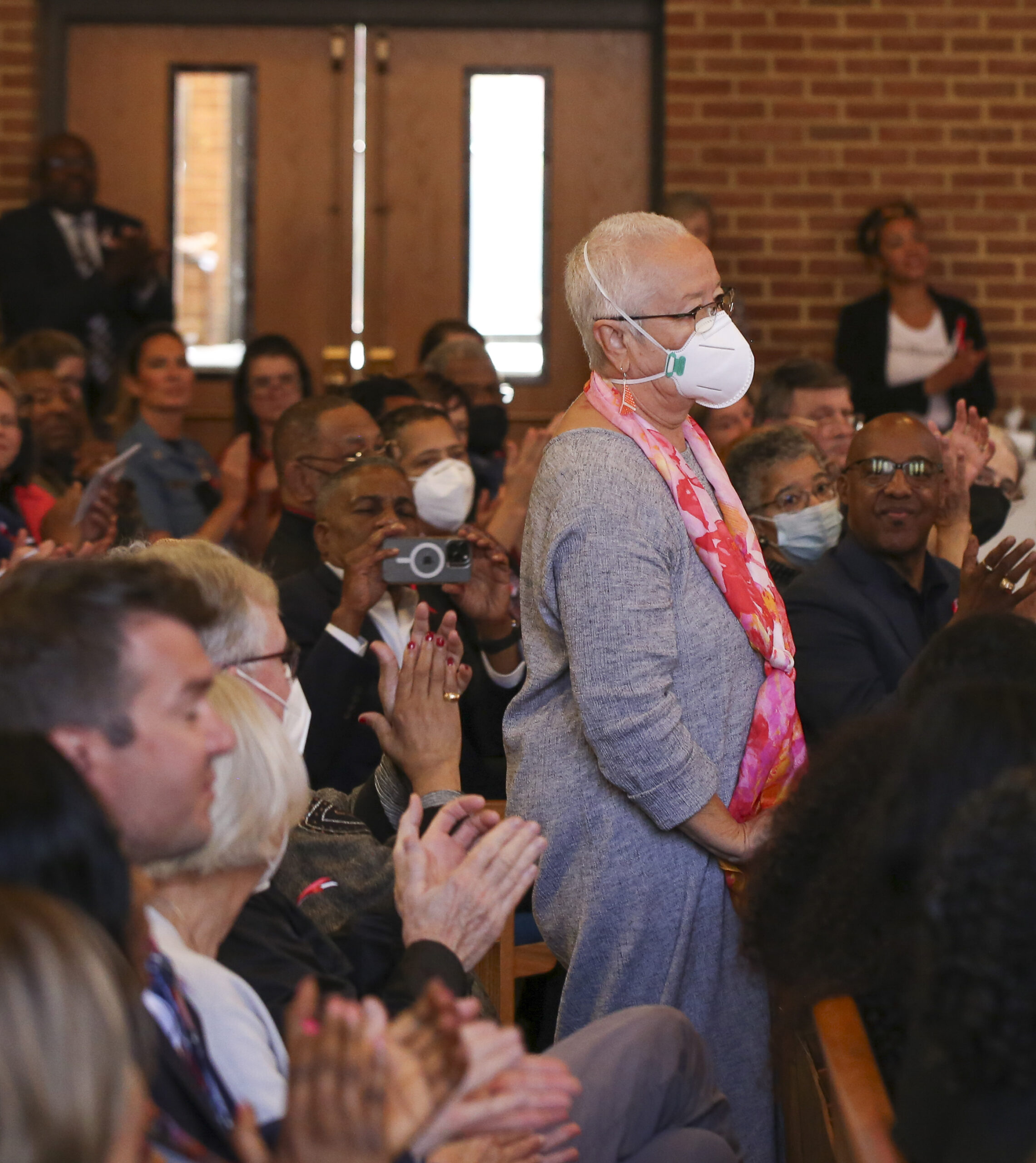
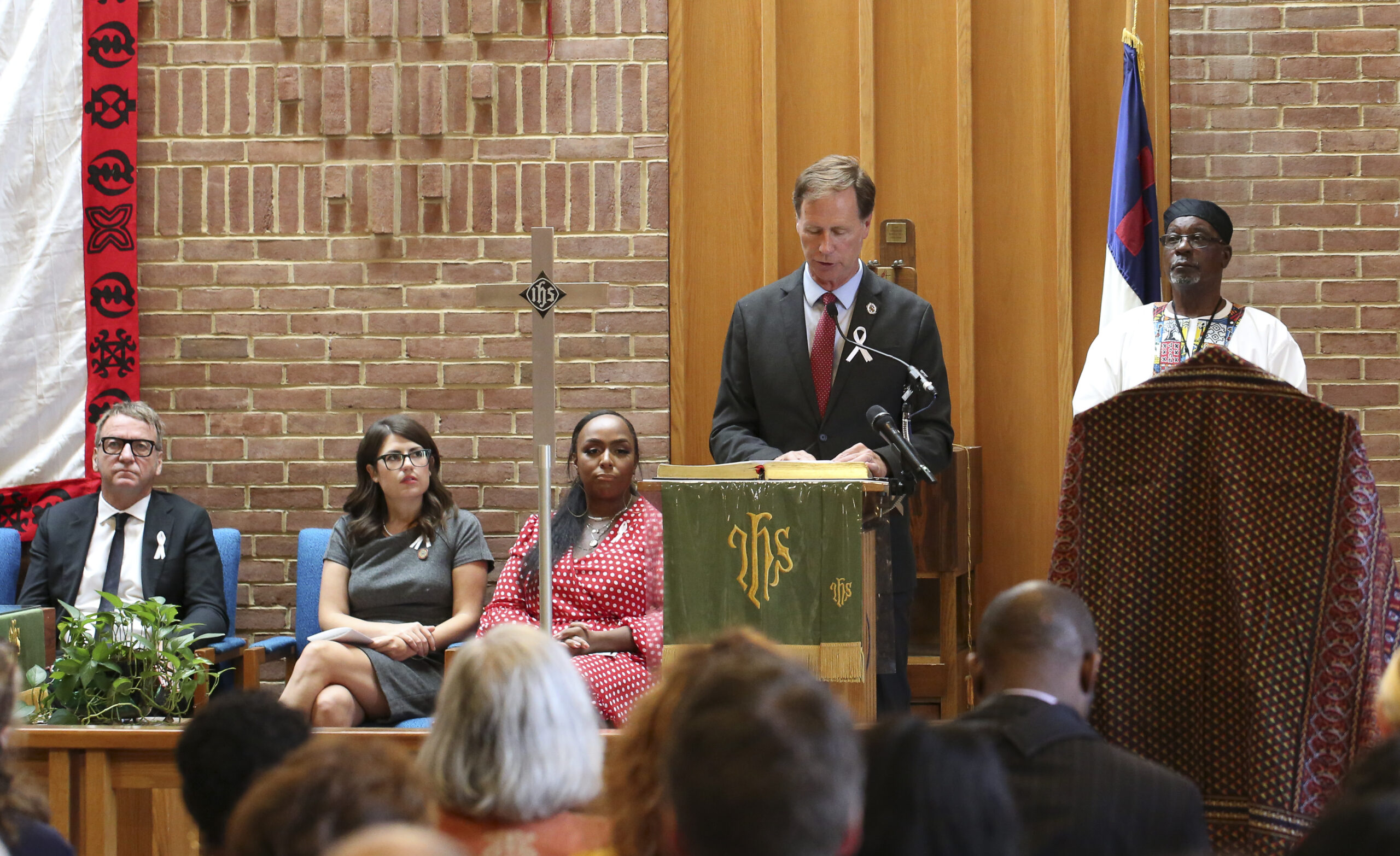
Annapolis joins Historic London Town in Edgewater, Oxford on the Eastern Shore, and Historic Sotterley in Hollywood as documented Middle Passage sites. Read more: https://bayweekly.com/embracing-a-complicated-past-while-educating-future-generations/
